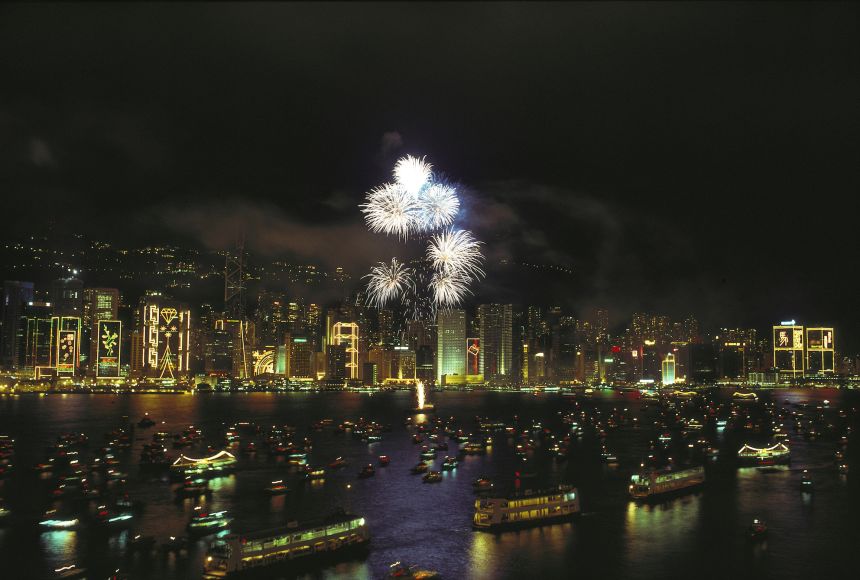The electric light bulb is considered one of the greatest inventions and helps us in many ways. However, it causes pollution too. The excessive use of artificial light from electric light sources is called light pollution. It affects human health, wildlife, and our ability to see stars at night.
Difficulty In Seeing Stars
Light pollution is a worldwide problem. It became obvious when a map of the Earth was published in 2016. This map is called the World Atlas of Night Sky Brightness. It is based on thousands of satellite photos. It shows how and where our globe is lit up at night. Vast areas of North America, Europe, the Middle East and Asia glow with light. Only the most hard to reach regions on Earth, such as Siberia in Russia, the Sahara Desert in Africa, and the Amazon in South America, are in total darkness.
Sky glow is when the night sky becomes brighter. It happens mostly over cities and is caused by lights from cars, street lamps, factories, and buildings. In areas where there is sky glow, people can only see a handful of stars at night. Sky glow also is a problem for astronomers. They have a hard time seeing stars and planets.
More than 80 percent of the world's population lives under sky glow. It is one of the most far-reaching forms of light pollution.
Keep Lights Down Or Off In Bedroom
Artificial light can cause problems in humans. It confuses the circadian rhythm that runs our bodies' internal clock. It guides day and night activities and affects body behaviors. One of these functions is releasing a hormone called melatonin. A hormone is a natural chemical the body produces to help organs work.
Melatonin helps us sleep. It is released when it is dark but light prevents melatonin release. The extra nighttime light we receive lowers melatonin levels in the body, which causes problems sleeping and other health issues.
Blue light is especially disruptive of sleep. It comes from cell phones and other computer devices. It also comes from light-emitting diodes, or LEDs, the type of light bulbs that became popular due to their low cost and energy efficiency.
Even National Parks Have Some Light Pollution
Light pollution also affects animals. Sea turtles guided by moonlight during migration get confused by light pollution and lose their way. Insects drawn in by artificial lights die when they contact light sources. Many cities have adopted a "Lights Out" program to turn off building lights to protect birds during migration.
Even animals living under the sea may be affected by artificial light. Scientists in the United Kingdom studied the effects of bright lights placed underwater on sea creatures. They found that fewer sea creatures make their homes near these lights.
Light pollution even affects places that strive to protect natural habitats. The National Park Service studied night sky brightness in about 100 national parks. Nearly every park had at least some light pollution.
Idaho Has Dark Sky Reserve
Several groups work to reduce light pollution. The International Dark Sky Association (IDA) is one of them. The IDA certifies dark sky reserves that are places like parks that reduced their light pollution. The first sky reserve approved by the IDA was in Idaho in 2017.
In addition, many states adopted laws to control outdoor lighting. Even, manufacturers started designing light sources that reduce light pollution.
Everyone can take steps to reduce light pollution at home too. Just use outdoor lighting only when needed and close curtains at night to keep light inside buildings.


